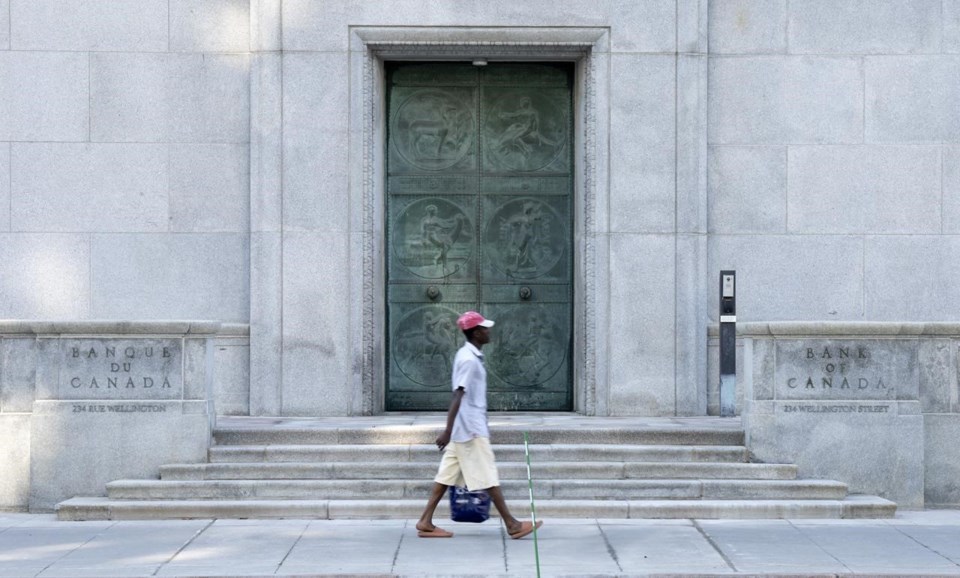OTTAWA — Rising interest rates have pushed up costs for borrowers and made mortgages, car loans and other debt more expensive, but the flip side for savers is the better rates for investments such as guaranteed investment certificates.
While among the safest forms of investment, GICs had fallen out of favour due to the paltry returns in recent years. Now, experts say higher rates have made GICs more appealing.
Gabriel Lalonde, president of MDL Financial Group, said GICs are now a more attractive investment for retirees and those approaching retirement.
"Most people have a portion of fixed income in their portfolios, unless they're really, really young and, up until now, we haven't really looked at GICs because the interest rates were not very good," Lalonde said.
Unlike a stock, your original investment in a GIC is guaranteed. They are also eligible for protection under the Canada Deposit Insurance Corp. and provincial deposit insurers.
But that safety came with a cost in recent years. With interest rates at rock-bottom levels, the returns paid on GICs were also low.
That changed when the Bank of Canada started raising its key interest rate target last year. And while that has pushed up prime rates at the big banks and the cost of mortgages, Canadians have also benefited from higher rates paid on their savings.
Natasha Macmillan, director of everyday banking at Ratehub.ca, said many gen-X and millennial clients may not have considered GICs because rates have been so low, but they are making a comeback.
"We've seen significant interest particularly for those coming to Ratehub.ca looking at shopping around for the best rate that they can get in this investment vehicle," she said.
"It's a very safe investment vehicle and in the time of uncertainty that a lot of us are going through right now, it's kind of a great way to kind of put your money in a guaranteed interest investment for safe keeping."
While a GIC is among the safest of investments, it comes with restrictions.
Fixed-rate GICs are the most common. They pay a fixed interest rate over a set term, however you typically can't access the money without paying a penalty before it matures. Cashable GICs can give you access to your money without facing a penalty, but they also generally pay lower interest rates.
Lalonde said GICs can be a good option for investors with a short-term goal such as down payment on a home and also older investors that are looking for a safe investment.
"But for long-term money — anything over five years — we're not locking it in to GICs, we’re still going the traditional market route," he said.
Lalonde also noted interest paid on GICs is treated as income on your taxes, unlike capital gains, which are taxed more favourably.
Macmillan said before purchasing a GIC, you need to understand where they fit within your portfolio and what you are looking to do with the money, whether that be long-term savings, an emergency fund or other plan.
"Once you've figured out kind of the GIC that works best for your goals, then it's important to shop around," she said.
"It is really important in this environment to not just go with one of the big banks that people are comfortable with or know and really kind of try and look to where can you get the best rate for that term."
This report by The Canadian Press was first published Oct. 12, 2023.
Craig Wong, The Canadian Press



